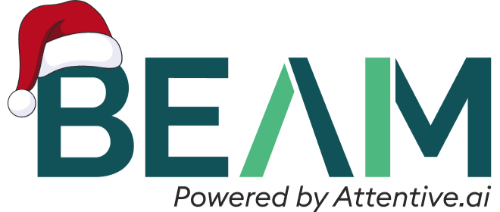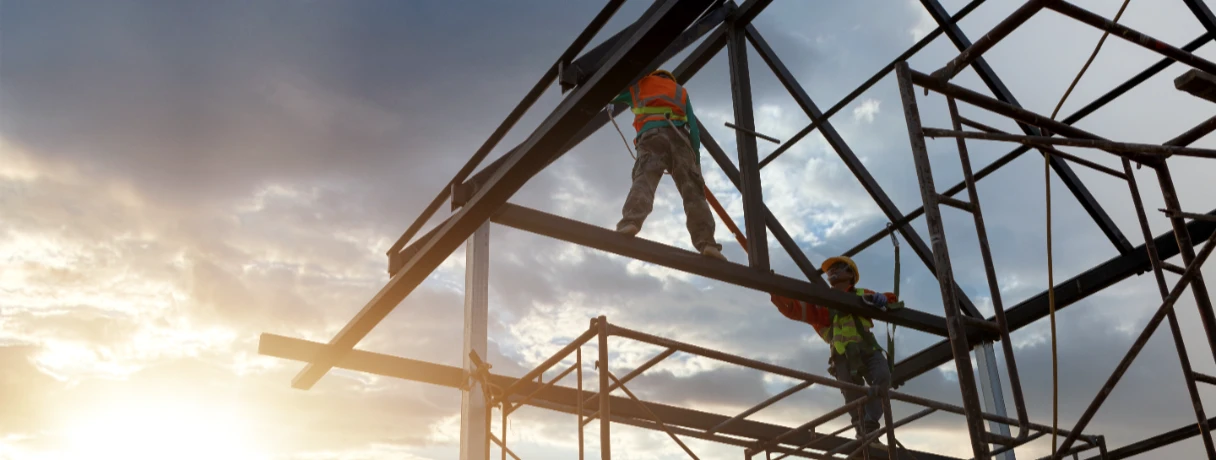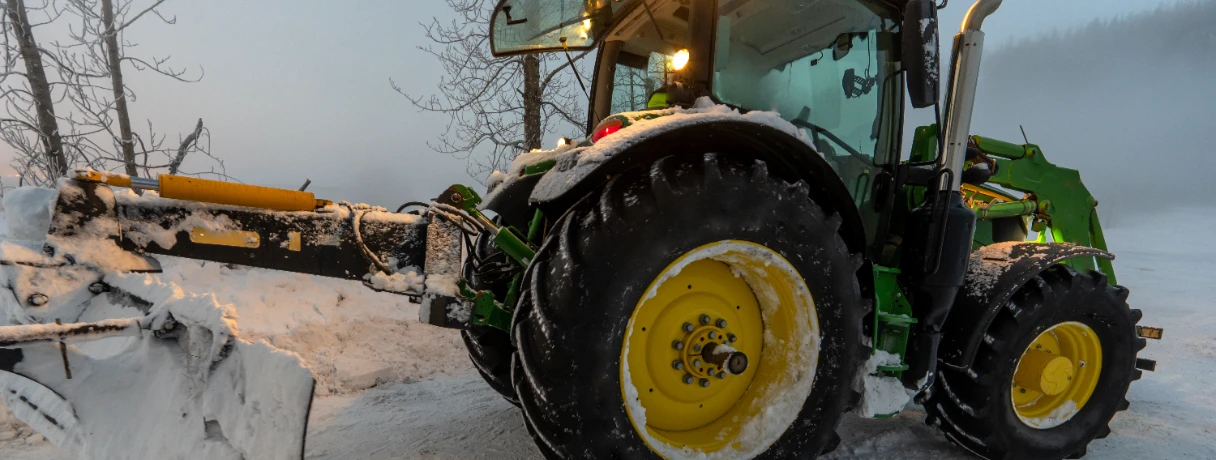Bidding on construction tenders is tough. Tight deadlines, errors, and pressure make the project bid process challenging. This guide highlights key construction tender challenges and shows how to fix them for faster, more accurate bids.
Key Stages of the Tendering Process in Construction
Whether you are bidding a small renovation or a large commercial build, knowing how the tendering procedure works helps you spot gaps before they become costly. Here is a quick refresher on the project bid process so we can discuss construction tender challenges with clear context:

Every successful project starts well before the first bid is submitted. During the pre-tender stage, the project team finalizes the scope, budget, timelines, and procurement strategy. Meanwhile, contractors scan upcoming opportunities and decide which projects are worth bidding on. Once that’s locked in, the client or general contractor issues detailed tender documentation - RFPs or ITTs that clearly outline requirements, specs, and evaluation criteria to minimize confusion during bidding.
Once the tender is announced, typically via online portals or direct invites, contractors get moving. They start reaching out to qualified subcontractors and suppliers to build out their bids. The bid submission follows, where proposals are compiled with pricing, timelines, and compliance documents. Miss the deadline, and you're out.
Once bids are submitted, it’s evaluation time. The project owner reviews submissions based on price, technical strength, and relevant experience. After selecting a winner, final terms are negotiated, and the contract is awarded. The last step? Post-award execution - kickoff meetings, progress tracking, and change management—all the way through to project closeout and review.
Now that we’ve gone through the tendering procedure, let’s discuss where it often runs into trouble!
3 Top Challenges in the Construction Tender Process (And How You Can Fix Them)
Even experienced teams hit roadblocks before the first brick is laid. Here are three construction tender challenges that show up again and again, plus fixes already inside your process. Keep these construction tender challenges visible as you build your bid so small misses do not snowball, and tackle tendering issues early.
Challenge 1: Tight tendering deadlines
The tendering process in construction often comes with tight deadlines, leaving estimators little time to refine bids. On complex projects, they read hundreds of sheets to grasp notes and summaries within plan sets. Pressure leads to rushed estimates, missed scope items, and risk blind spots.
Estimators also juggle scope reviews, takeoffs, tender queries, contractor details, estimate reviews, and cost validation. Despite that, nearly half of their time still goes into manual takeoffs. This skewed bandwidth leaves little room to engage as many vendors as the bid demands.
Solution: Give estimators their time back by automating repetitive work. Automate takeoffs to reduce tender preparation time so teams can focus on vendor relationships, clear communication, and smoother bidding .
This way, they don’t need to rush scope reviews, limit outreach, skip value engineering, or compromise on accuracy and risk checks. AI-based tools like Beam AI support this by automating takeoffs while still having every output reviewed by a qualified estimator. The result: accurate takeoffs delivered in 24–72 hours, saving up to 90% of time and helping teams bid up to 2X more.
Challenge 2: Inaccurate data & lack of transparency
Disorganized or inaccurate data and documentation create confusion, misinterpretation, and flawed estimates.
Solution: Whether an honest miss or a deliberate omission, scope gaps turn into costly variations. Use transmittal documents and checklists so every plan, report, and permit condition is reviewed and acknowledged before award. Keep drawings clean and stop scope gaps with accurate quantities.
Challenge 3: Unqualified tenders on the job
A common trap is failing to compare bids on a like for like basis. The lowest bid may look appealing, but hidden costs or vague exclusions surface during execution.
Solution: Do not let cost be the only deciding factor. Set clear and transparent evaluation frameworks that consider technical capabilities, past performance, project fit, financial health, and pricing. In depth pre qualification and weighted scoring help you choose the best partner, not the cheapest. Doing this reduces tendering issues during delivery and lowers repeat construction tender challenges.
Related reading: Who owns the risk allocating measurement errors in tenders.
Before You Go: A Quick Recap on Navigating the Tendering Process in Construction
A strong and well structured approach sets the tone for how smoothly a project will run. Keep these points front and center:
Be transparent. Documentation and data should be accurate, complete, and easy to follow. Avoid hidden costs or inaccuracies.
Adopt the right tech. Invest in tools that save time, streamline workflows, and improve accuracy. Automating takeoffs gives time back to estimators.
Build relationships. With automation handling the heavy lift, estimators can coordinate with stakeholders and focus on high impact tasks.
Focus on quality. Cost is not the only factor when choosing a supplier bid. Use a full evaluation, not just the lowest number.
Learn and improve. Use past bids, on the job experiences, and team feedback to sharpen your next attempt and prevent repeat tendering issues. That habit steadily reduces construction tender challenges.

A Better tendering leads to better bids and better builds. With transparency, technology, and continuous improvement, you improve your odds of winning the right partners for your project, you’ll reduce tender challenges and win more profitable projects.










.jpg)

.png)

.webp)

